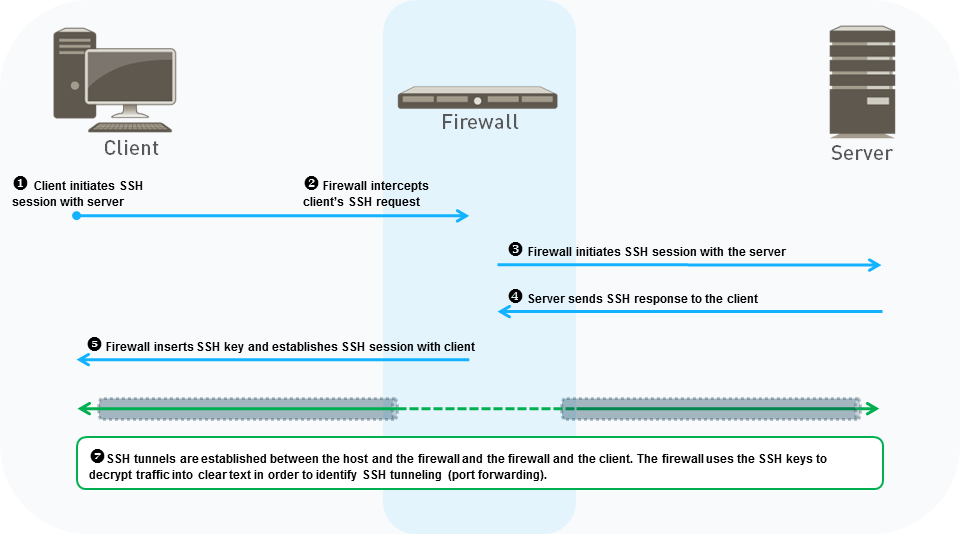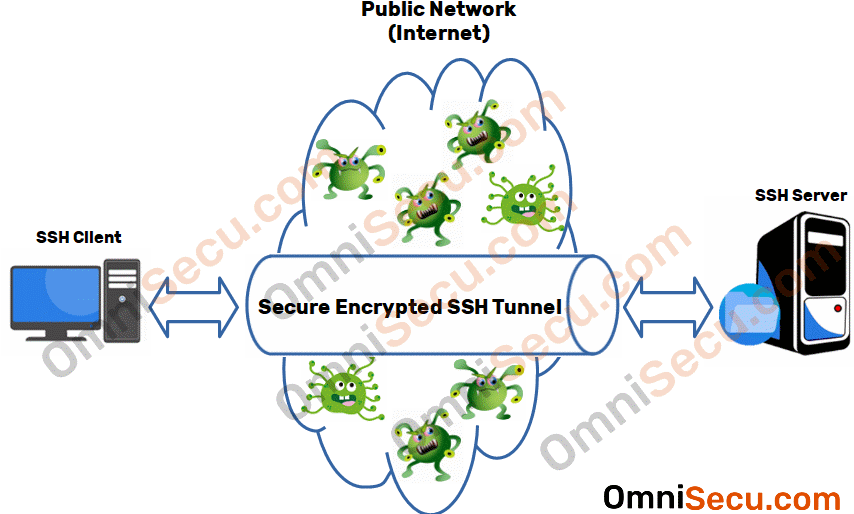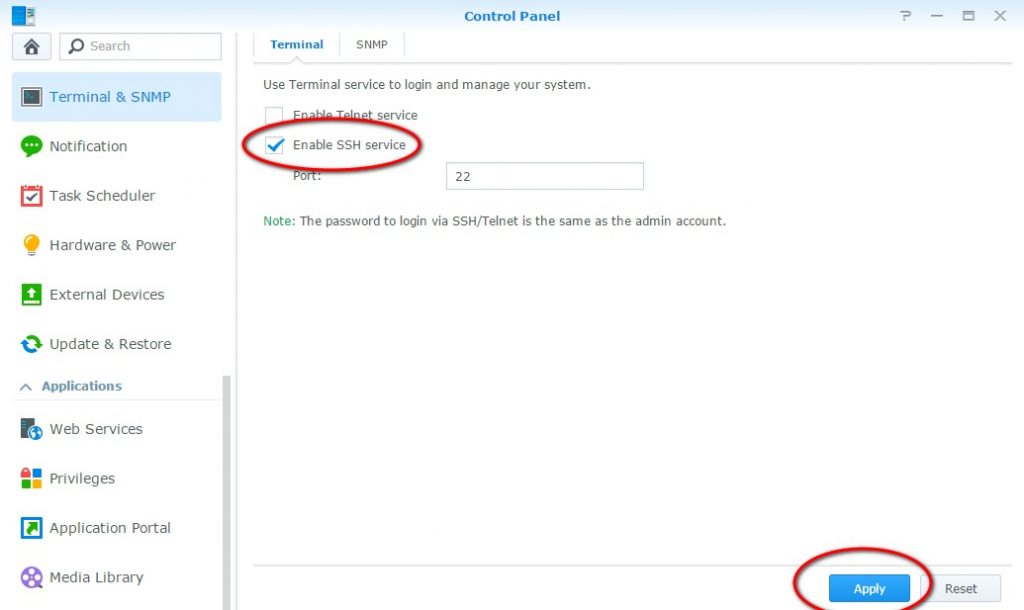

- #RSYNC THROUGH SSH PROXY FIREWALL HOW TO#
- #RSYNC THROUGH SSH PROXY FIREWALL INSTALL#
- #RSYNC THROUGH SSH PROXY FIREWALL PASSWORD#
- #RSYNC THROUGH SSH PROXY FIREWALL PC#
Note: You may need to wait a few minutes after the server is running for Cloud-init to complete.

The SSH key is automatically installed for the root user in ~/.ssh/authorized_keys Select your SSH key in the SSH Keys section. Click Add SSH Key.ĭeploy a new Debian 11 server. Copy and paste your public key, ~/.ssh/ap1_ed25519.pub, into the key field. ~/.ssh/id_ed25519 is the default filename. SHA256:RHQ9bSUV9TwKahLLr0crwYZvMVIcxJiFbSGO+PDKzr8 ap1Ĭopy and paste your passphrase when prompted The passphrase is not visible when you enter it. Your public key has been saved in /Users/george/.ssh/ap1_ed25519.pub. Your identification has been saved in /Users/george/.ssh/ap1_ed25519. Generating public/private ed25519 key pair.Įnter file in which to save the key (/Users/george/.ssh/id_ed25519): /Users/george/.ssh/ap1_ed25519Įnter passphrase (empty for no passphrase): Here is a complete example: ssh-keygen -t ed25519 -C "ap1"
#RSYNC THROUGH SSH PROXY FIREWALL INSTALL#
Note: Use the brew or apt command to install pwgen. H7zhGFO6DeMAf1gvMCFOaWcbmlJrcE9VXI1Oj81zlBGN2GFpFhhxw8hT4qyyU4jl Use the pwgen command to generate a long and secure passphrase: pwgen -s 64 1 Be sure to use a unique filename to save the key pair for each host and enter a passphrase when prompted. You can set it to your hostname to manage which SSH keys belong to which host. However, the key comment can be any text. Often the -C key comment is an email address. Generate a modern SSH key pair with the following command: ssh-keygen -t ed25519 -C "hostname" Note: Command lines starting with $ use a non-privileged account, and commands starting with # use the root account.Ĭonfigure the Local Host SSH Client 1.

#RSYNC THROUGH SSH PROXY FIREWALL HOW TO#
This guide uses macOS and the Debian Linux OS to show how to use SSH. Note: The SSH commands work the same for a macOS or Debian Linux terminal session except as noted.
#RSYNC THROUGH SSH PROXY FIREWALL PC#
Use the Windows Subsystem for Linux on a Windows 10/11 PC to access the OpenSSH ssh client.įor the examples in this guide, the Vultr server FQDN hostname is. This guide uses the OpenSSH ssh command-line client that is available on most Unix-like hosts, including macOS and Linux.
#RSYNC THROUGH SSH PROXY FIREWALL PASSWORD#

Rsync transfers files and folders that have changed since the last transfer. Rsync can use ssh to transfer files and folders between a local and remote host. Scp copies files between hosts on a network. SSH is a network protocol that is also used by other applications like scp and rsync. SSH (Secure Shell) connects to a remote cloud server via a command-line or GUI client.


 0 kommentar(er)
0 kommentar(er)
